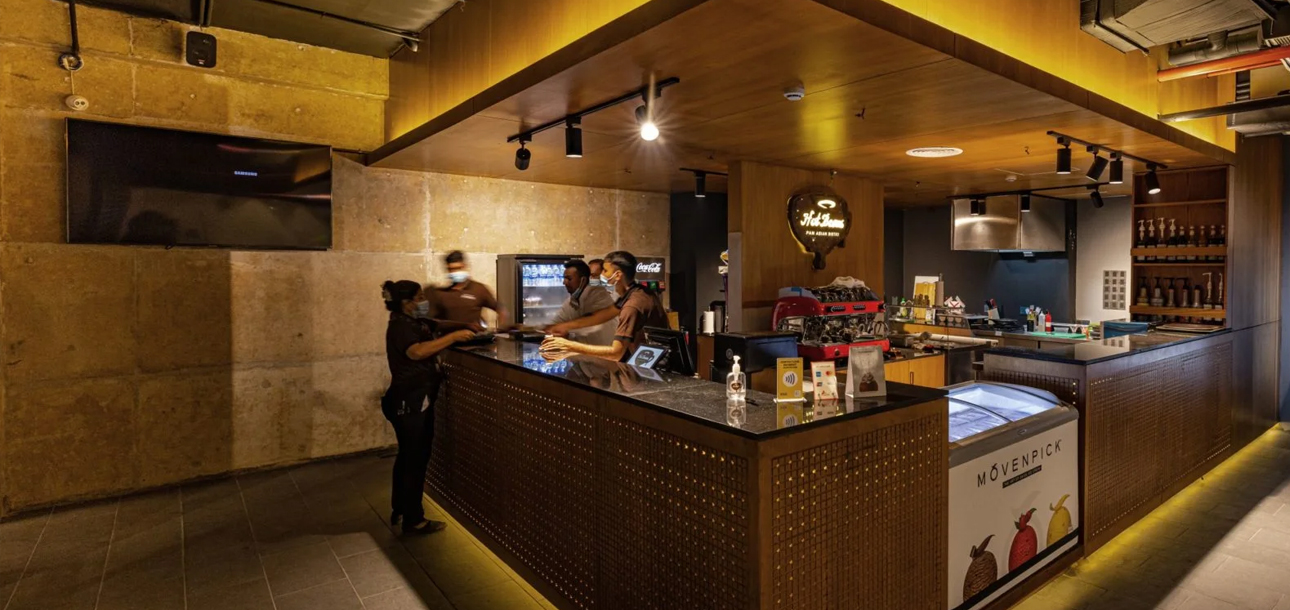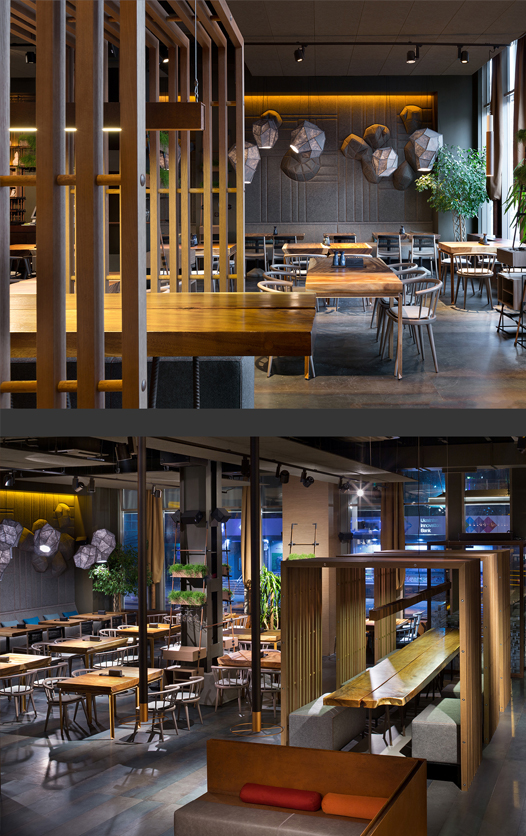- Cultural Pieces: Incorporate items that reflect your heritage or travels for a personal touch.
- Seasonal Decor: Change decor elements with the seasons to keep your space feeling fresh and updated.
Plans and Projects Detail
Plans & Projects
Plans and projects in interior design play a crucial role in creating functional and aesthetically pleasing spaces. Visionary designers work closely with clients to understand their needs and preferences, translating them into detailed designs that harmonize style and practicality.


A significant aspect of decoration in interior design is the application of color. Colors can profoundly influence the mood and perception of a room. For example, warm colors like reds and oranges can create a lively and energetic atmosphere, making them suitable for social spaces like kitchens and dining rooms. Conversely, cool colors such as blues and greens tend to evoke calmness and relaxation, ideal for bedrooms and bathrooms. Neutral colors serve as a versatile backdrop that allows for the incorporation of various decorative elements, creating a balanced look. Understanding color theory and its impact on space enhances a designer's ability to craft environments that cater to emotional and psychological needs.
- Enhancing Attractiveness
- Creating Atmosphere
- Emphasizing Themes
- Adding Personal Touches
What We Provide

Concepts & Ideas
Lighting is another crucial element that can dramatically change a space's look and feel. It serves functional purposes, such as illuminating a workspace or highlighting a piece of art, while also adding to the overall ambiance. Interior designers utilize a combination of natural and artificial lighting to enhance the aesthetic appeal of a room.
-
Cultural and Seasonal Elements
-
Textures and Patterns
- Mixing Textures: Combining different materials like leather, wood, and fabric can add depth and interest.
- Patterns: Use patterns to create visual interest but be mindful of balance. Combining too many patterns can be overwhelming, so balance them with solid colors.
-
Cultural and Seasonal Elements
- Cultural Pieces: Incorporate items that reflect your heritage or travels for a personal touch.
- Seasonal Decor: Change decor elements with the seasons to keep your space feeling fresh and updated.

